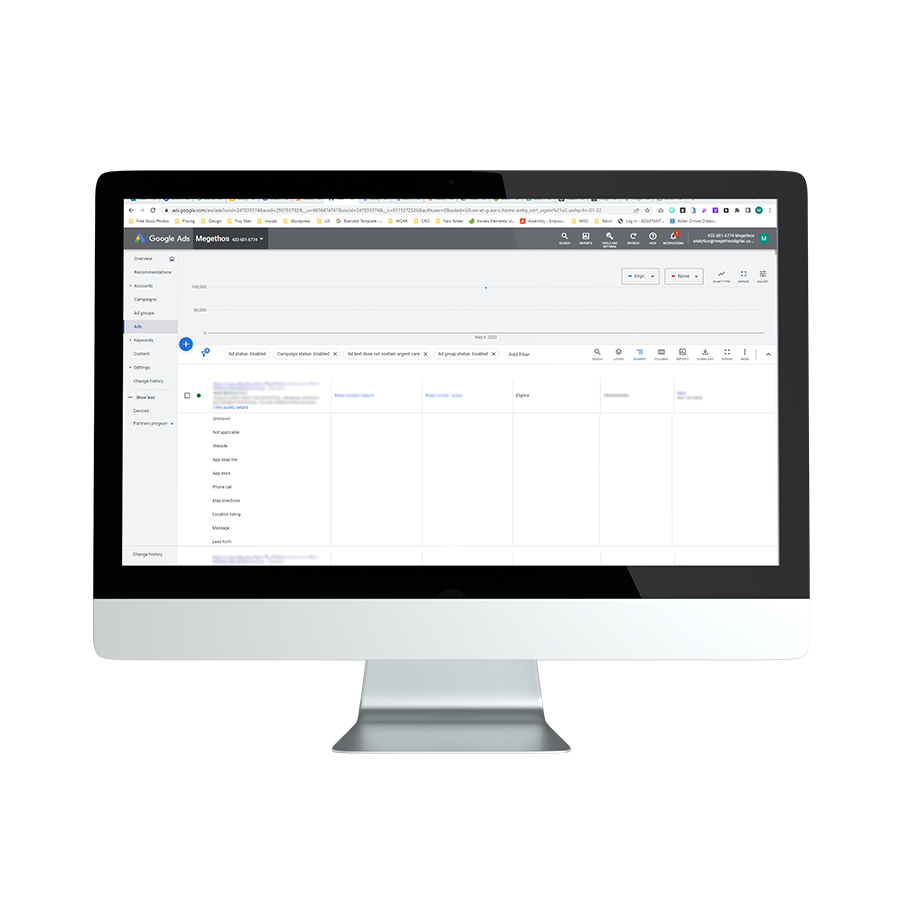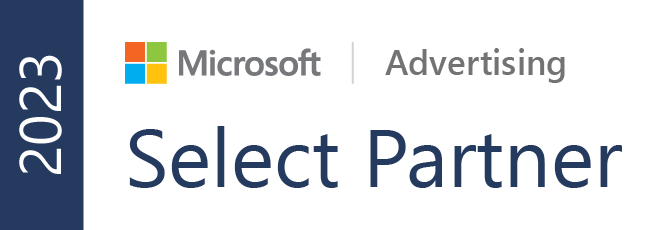Case Study
PMax Test Boosts Retailer's Google Ads Shopping Revenue 147%
BATCADDY
Industry: e-commerce
Introduction
As the digital world continues to evolve, businesses are finding it increasingly challenging to keep up with the ever-changing landscape of online advertising. To remain competitive, companies must find ways to optimize their advertising strategies and stay ahead of the curve. One of the most effective ways to do this is through the use of performance-driven ad platforms, such as Google Ads.
In this case study, we will examine how an online retail company was able to increase their shopping ad revenue within Google Ads by a staggering 147% by implementing a shopping only version of Google’s newest campaign type; Performance Max .

The Challenge
Overall, this client was generally satisfied with their Google Ads performance. We felt, however, that there was room for improvement in terms of generating sales directly from shopping ads, as the majority of sales historically came from the branded search campaign. It appeared the client was struggling to keep up with their competitors on Google Ads shopping, specifically in terms of impression share within the given budget.
Our Approach
Our Strategy
After identifying the challenges, our team recommended shifting to a Performance Max campaign strategy. However, we suggested taking a manual approach by adding only the shopping feed and no other assets within the campaign asset groups. This strategy forced Google to allocate the budget exclusively to the shopping network, reducing wasted ad spend and providing a clear picture of shopping ad sales.
Additionally, we uploaded first-party data as an audience signal. This approach helps guide the algorithm by signaling what our best customers look like. The algorithm is then able to identify and target individuals who share similar characteristics to the identified audience.
We also set a target ROAS bidding strategy for the client based on an analysis of their historical ROAS data. This approach ensured that the campaign was bidding in a way that aligned with the clients desired ROI and helped them maximize the efficiency of their advertising spending.
The Results
Our strategy proved to be highly effective in generating impressive results for the client. With the shift to Performance Max, we were able to increase impression share and secure the top spots on user searches that had a high chance of converting. This helped the client’s shopping ads to gain more visibility and reach potential customers at the right time in their buying journey.
Shopping ad revenue increase
Shopping ad sales increase
Shopping ad ROAS increase
Overall, this case study serves as an excellent example of how companies can achieve significant growth in their advertising revenue by implementing the latest advertising strategies and staying ahead of the competition.
















